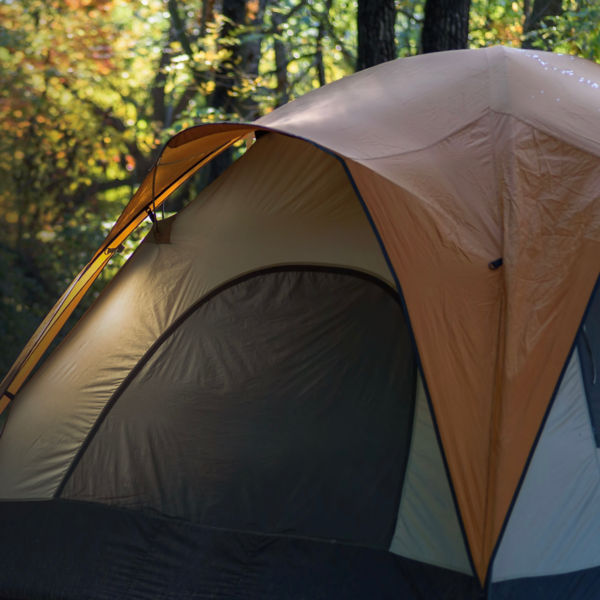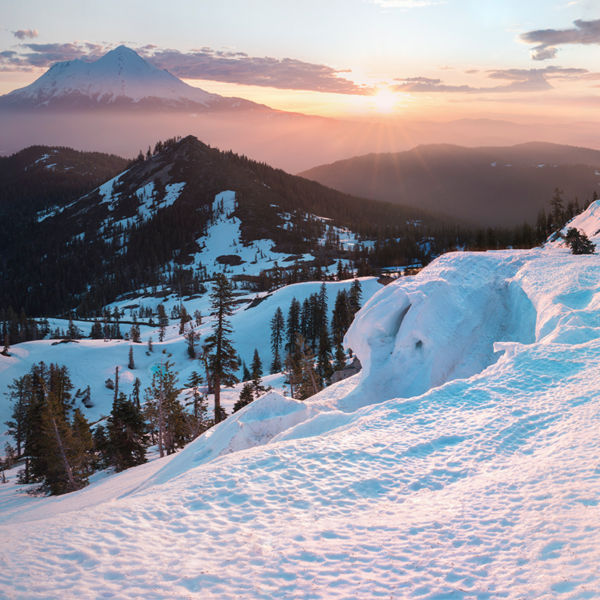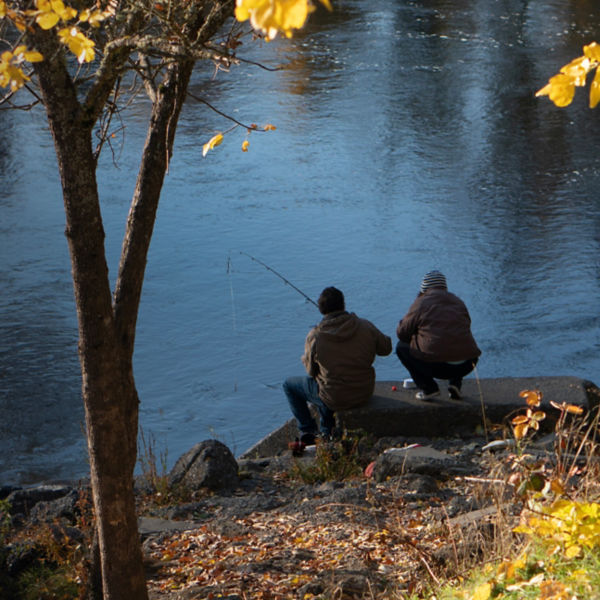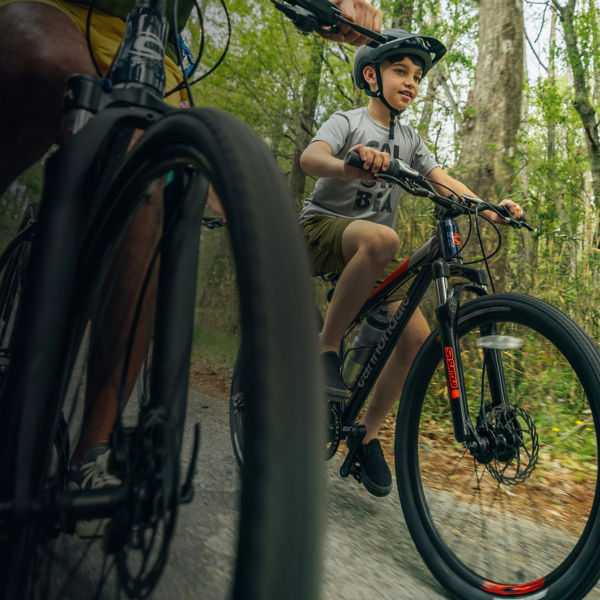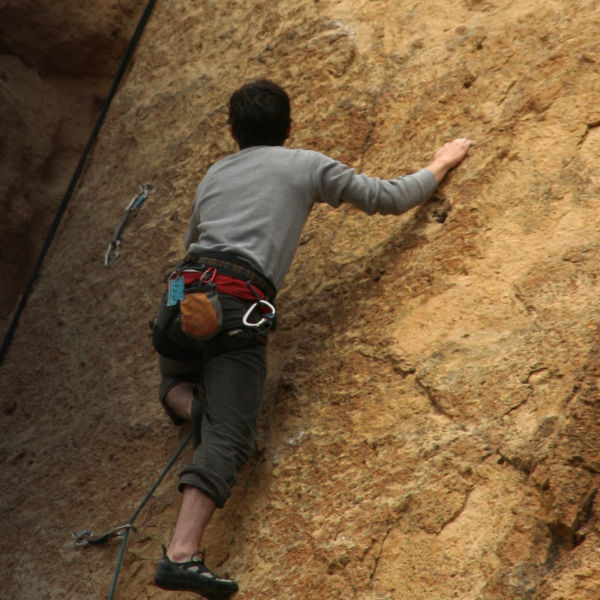
The Pacific Northwest has more glaciers than anywhere else in the contiguous United States, making it one of the best places in the country for true mountaineering. Even better? You’ll find a wealth of massive peaks that are as beginner-friendly as they are stunning. Here are six of the region’s favored non-technical and semi-technical peaks, organized (more or less) by difficulty.
South Sister, Oregon: Devils Lake Route
About 4 hours from Portland and 3.5 from Medford, Oregon’s South Sister is the state’s third highest peak—and one of the most stunning. You’ll find steep scree and snow (bring an ice ax and crampons if you go early in the season) but no crevasses to speak of. Instead, you’ll thread your way between glaciers and ribbons of conifer forest. Bonus: The 11-mile route is bookended by gorgeous alpine lakes; one at the trailhead campground, and one in the summit crater.
Details: Reserve your permit online. Then hustle to the Devil’s Lake Campground; there are only 10 sites and it’s first-come, first-served. Weekday afternoons are the best time to snag a spot. Head north along South Sister Climber Trail, which carries you 5,000 vertical feet straight up the mountain. Admire the spin-around views from the summit, then retrace your steps. More info: fs.usda.gov
Mount St. Helens, Washington: Monitor Ridge
Monitor Ridge, the standard summer route to the top of Mount St. Helens, is one of the easiest of Washington's popular volcano climbs. Its limited avalanche danger and lack of crevasses make it a great objective for climbers without a lot of official skills training. However, with over 4,500 feet of elevation gain and some tricky route-finding, the mountain still offers plenty of challenge for the novice mountaineer.
Details: Mount St. Helens is about 6 hours from Medford and just 1.5 from Portland. Once you arrive, secure a permit, then get to bed early (there are 14 first-come, first-served tent sites at the trailhead). The climb is only 9 miles round-trip, but the elevation gain, exposure, and unpredictable visibility usually turn it into a full-day affair, which means you’ll need to start hiking well before dawn. Start from the Climber’s Bivouac trailhead. Then, take the Ptarmigan Trail to the start of the Monitor Ridge Trail, which will deposit you on the crater’s lip (carefully retrace your steps to descend). More info: fs.usda.gov
Ruth Mountain, Washington: North Face
The North Face of Route Mountain is one of Washington’s best introductions to glacier travel. The route itself is fairly straightforward and usually has few crevasses. Even better: The summit affords views of glacier-streaked peaks in every direction, including iconic mounts Baker and Shuksan to the southwest. The whole route is roughly 12 miles round-trip and features about 4,500 feet of gain. Not the fastest hiker? Snag a campsite at Hannegan Camp at the base and turn the route into a leisurely two-day affair.
The Details: At 5.5 hours from Portland and 9 hours from Medford, the Mount Baker Wilderness is one of the more remote areas in Washington. Lodging is available in the nearby town of Glacier, and camping can be found within the wilderness area and surrounding national forest. Be sure to secure a Northwest Forest Pass for parking at the Hannegan Pass Trailhead. Then follow the Hannegan Pass Trail to the unmaintained mountaineering route that leads to the top of Ruth (GPS track recommended). Retrace your steps back to your car. More info: fs.usda.gov



